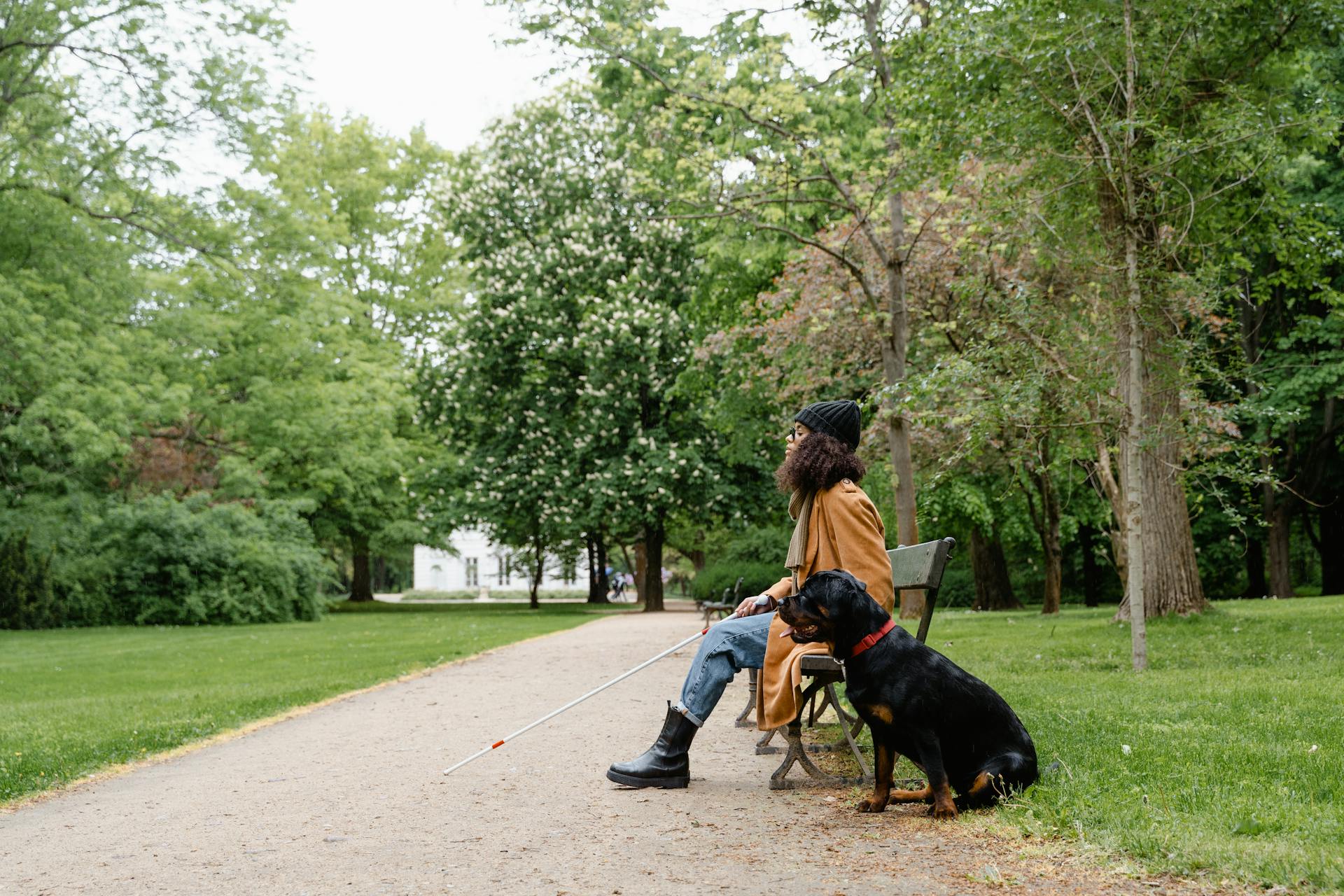If you live in Louisville, you probably don’t need a pollen forecast to know when allergy season hits. You feel it. The itchy eyes. The sneezing fits. The congested mornings that turn into foggy afternoons. That’s not just you being sensitive, it’s Louisville being one of the toughest cities in the country for seasonal allergies.
Let’s walk through what causes Louisville allergies, when they tend to show up, and what you can actually do about them, especially inside your own home.
Why Are Seasonal Allergies So Bad in Louisville?
Louisville’s allergy problem is a mix of climate, geography and local vegetation. We sit in the Ohio River Valley, where pollen gets trapped and lingers longer than it does in other regions. Our weather patterns don’t help either. Warm winters and rainy springs fuel heavy pollen growth, and humid summers keep allergens like mold alive and well.
Combine that with high levels of common air pollutants like ozone and particulate matter, and you’ve got a perfect storm for irritated sinuses.
What Triggers Allergies in Each Season?
Understanding which allergens are most active during the year can help you prepare your home and habits. Here’s a quick breakdown:
Spring (March–May)
This is peak tree pollen season. Ash, birch, oak and maple trees release microscopic grains that float freely through the air and into your nose.
Summer (June–August)
Grass pollen takes over during the summer, especially from Kentucky bluegrass, Bermuda and fescue. Mold spores also become a bigger problem as humidity levels rise.
Fall (September–November)
Weed pollen, especially from ragweed, is the main culprit. Just one plant can produce a billion pollen grains that travel for miles.
Winter (December–February)
You might think winter gives you a break, but indoor allergens like pet dander, dust mites and mold take the spotlight. When your windows are closed and the heat’s running, allergens can circulate even more.
What Can You Do About Louisville Allergies?
While you can’t change the pollen count outside, you can take control of the air inside your home. That’s where indoor air quality comes in.
1. Upgrade Your Air Filtration
Standard HVAC filters aren’t designed to catch tiny allergens like pollen or mold spores. A whole-home air purifier or a high-MERV filter can make a big difference.
2. Control Humidity
Mold and dust mites thrive in moist environments. A properly installed dehumidifier can help regulate indoor humidity, especially in basements and bathrooms.
3. Duct Cleaning
If your ducts haven’t been cleaned in years, they could be circulating allergens every time your HVAC system runs. A professional duct cleaning can reduce this hidden source of irritation.
4. Ventilation Improvements
Older homes in Louisville often have poor airflow, which lets allergens accumulate. Consider systems that bring in fresh, filtered air while pushing stale air out.
5. Ongoing Maintenance
Seasonal HVAC maintenance ensures your system is clean, efficient and not contributing to allergy symptoms.
Ready to Breathe Easier?
If seasonal allergies are taking over your home life, don’t just stock up on tissues and antihistamines. Improve your air from the inside out with help from John Waters Heating & Cooling’s Indoor Air Quality Services. From air purification to duct cleaning and humidity control, we’ve got solutions that go beyond symptom relief and help solve the root cause.
Let’s make your home a place where you can breathe comfortably, no matter what’s blooming outside. Schedule a consultation today and let’s talk about your indoor air options.



